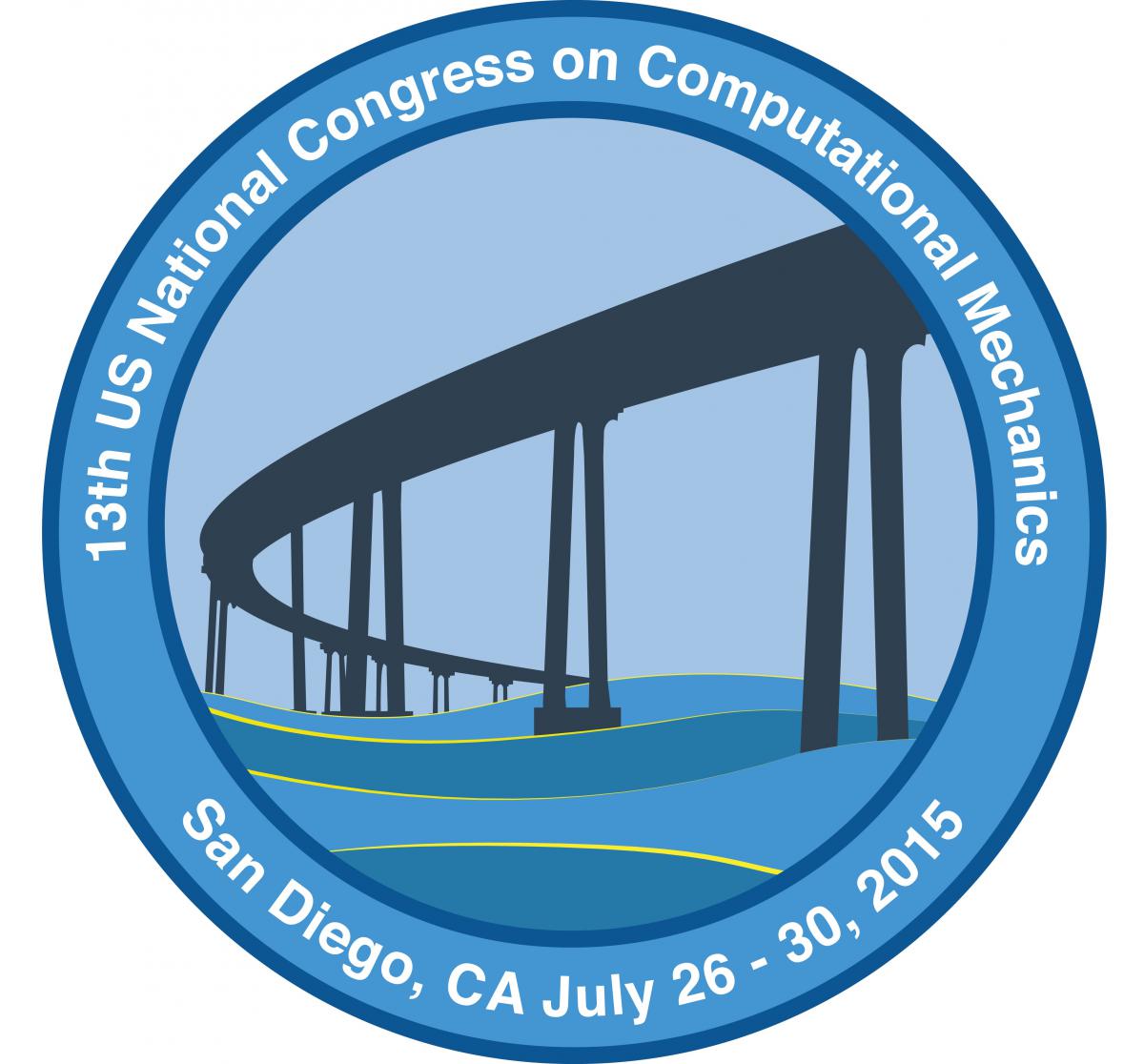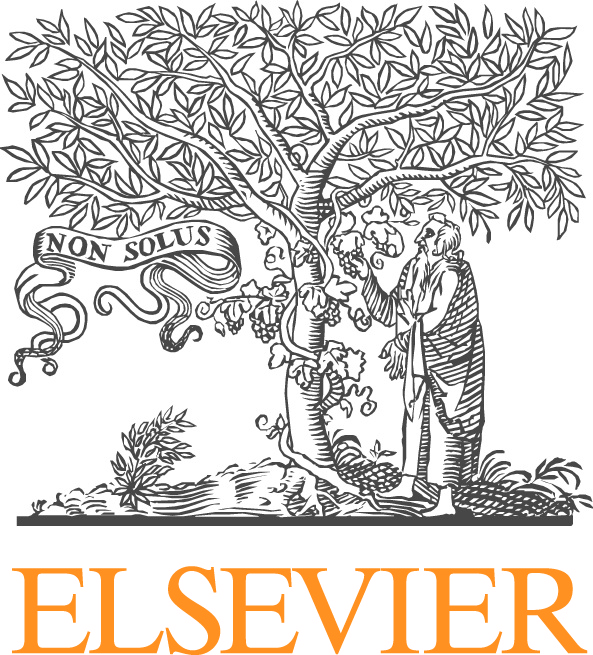Computational Modeling of Extreme Loading Environments
This minisymposium is concerned with computational methods for solid and structural response to extreme loads, such as shock, air blast and high-speed impact. Because of the expense and practical challenges of testing such scenarios, the use of numerical simulation has seen continued growth. Ongoing hardware advances have made it possible to conduct simulations on unprecedented length and timescales with greater complexity and fidelity than ever before. A broad area of topics is sought to include numerical modeling of the dynamic response, the prediction of severe loads, as well as the coupling of multiple areas of computational mechanics. Typical contributions to this forum might come from defense, construction, mining, space, or homeland security and law enforcement applications.
New defense technology developments often rely on modeling impact, penetration, and explosive effects for structural damage assessment of vehicles, body armor, and protective structures. New computational methodologies have enabled analysts to look at old problems in a new light while use of airblast, explosive detonation, and other Eulerian codes has also become an important aspect of weapon-structural simulation. In addition, assessment of force protection and terrorist threats to government facilities and civilian infrastructure has seen a tremendous utilization of computational mechanics for blast-structural modeling. This is particularly true for cases such as large buildings, dams, or bridges, where full-scale testing of a threat is not feasible. Mining operations and construction procedures such as excavation, demolition, and explosive anchor driving can also utilize such technologies, and the modeling of impact has become important in aircraft and spacecraft design. The nature of all of these applications typically involve some of the most challenging aspects in structural mechanics, such as nonlinear material behavior under large strains and/or high strain rates, large and nonlinear deformations, failure and dynamic fracture, initiation, burning, and detonation of energetic materials, phase change and transition, and high velocity contact and friction.
The purpose of this mini-symposium is to provide a forum for technical presentation and exchange, establish communication and collaboration between academic, government and industrial modeling researchers in the field of computational mechanics for extreme loading applications. Papers dealing with theoretical developments, multiphysics coupling, algorithms and numerical methods, implementation and parallel computational issues, new constitutive modeling, experimental validation, and practical applications are all welcome.





